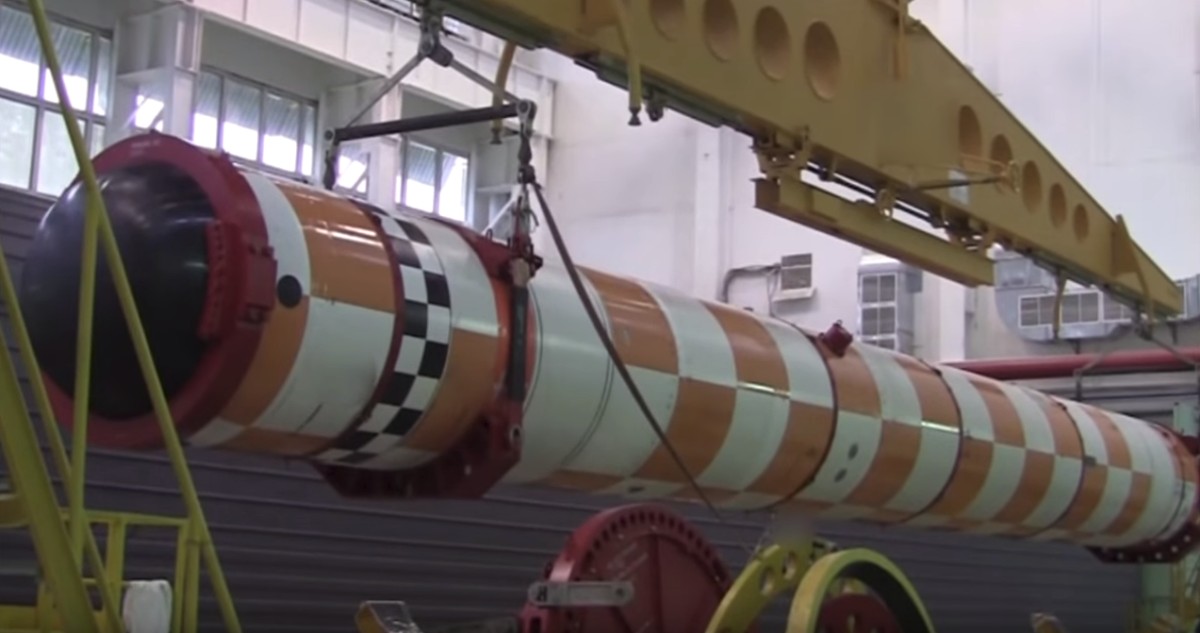 Screenshot of Russian MoD video
Screenshot of Russian MoD video
Debating the extension of New START
“It isn’t true that President Trump isn’t interested in New START.” This is how Andrea Thompson, U.S. Under Secretary of State for Arms Control and International Security, replied to a comment implying Trump’s opposition to the treaty last week.
In the past Trump has described New START, a bilateral treaty establishing clear limits to the US’ and Russia’s nuclear arsenals, as a one sided, bad deal that doesn’t safeguard the US’ interests. Therefore, most people convinced themselves about the President’s disapproval of the treaty.
However, it appears Trump hasn’t made up his mind just yet. However, because the treaty is set to expire on February 5th, 2021, there needs to be a serious discussion about its possible renewal. What follows is then a brief analysis of the three (only) options which Trump is facing, and the consequences to which each option would lead.
Let New START lapse
If President Trump decides not to renew New START, we’ll find ourselves in a situation in which there are no legally binding agreements limiting the size of the US’ and Russia’s nuclear arsenals. The inevitable consequence would most likely be a nuclear arms race.
We are already seeing hints of a new nuclear arms race. This year, we’ve seen the collapse of the INF treaty. Russia has been touting new nuclear ambitions—spreading the news about its development of Poseidon, a nuclear-powered torpedo so deadly that it’s believed could “end a continent.” Should it find itself released from the current restrictions, Russia might begin a rapid and threatening enlargement of its strategic arsenal, to which the US would feel compelled to respond.
Avoiding a nuclear arms race is precisely the reason why, in 1972, the US and Russia decided to sign SALT I—and exactly why the US has continued to pursue strategic nuclear arms agreements since. We can only hope President Trump won’t risk letting the US fall into a scenario repeating the outdated arms-race strategies of the Cold War.
Outline a new treaty
We can’t rule out the possibility that President Trump, convinced of is ability to come up with a better deal, will attempt to draft a new agreement with Putin. Sure enough, New START has space for improvement. That being said, given the limited amount of time remaining before February 2021, it is extremely unlikely that the two leaders would be able to outline a comprehensive treaty they would both find agreeable.
If the negotiations for a new treaty fell apart close to New START’s expiration date, we do not know if or how quickly an extension could be signed. Since we can’t exclude that the consequence of such a failure would coincide, once again, with an arms race, we would strongly discourage any of the concerned parties from taking up the initiative to outline a new agreement unless an extension plan is agreed to prior.
Extend New START
Extending New START really remains the only feasible option and the safest decision to make. Besides setting a continued limit on both countries’ nuclear arsenals, the treaty guarantees a valid standard of transparency and verification. It prevents an otherwise dangerous nuclear uncertainty for both parties involved, and it gives them a guarantee that their respective nuclear deterrents are appropriate and proportionate to that of their counterpart.
Furthermore, New START leaves space for nuclear modernization and, because of the above-mentioned transparency, it allows the US to implement its modernization program whilst avoiding the impulse to over-spend on it. This way, the US could prevent spending even more than the $500 billion investment already envisioned by Trump, and re-direct its resources in to more urgent and useful defense needs.
Looking forward, President Trump may reach out to President Putin and propose to draft a new agreement to replace New START. Due to the lack of time for extensive negotiations, though, Trump will ultimately have to announce he wasn’t able to outline a new treaty, and therefore declare that an extension of New START is the only scenario that provides an assurance against a nuclear arms race with Russia.
In conclusion, while Under Secretary Thompson added that the President will make a decision he feels is the best for the “safety and security of the American people,” it remains unclear what could possibly guarantee more safety and security than a legally binding agreement drafted for the very purpose of avoiding a nuclear arms race.





